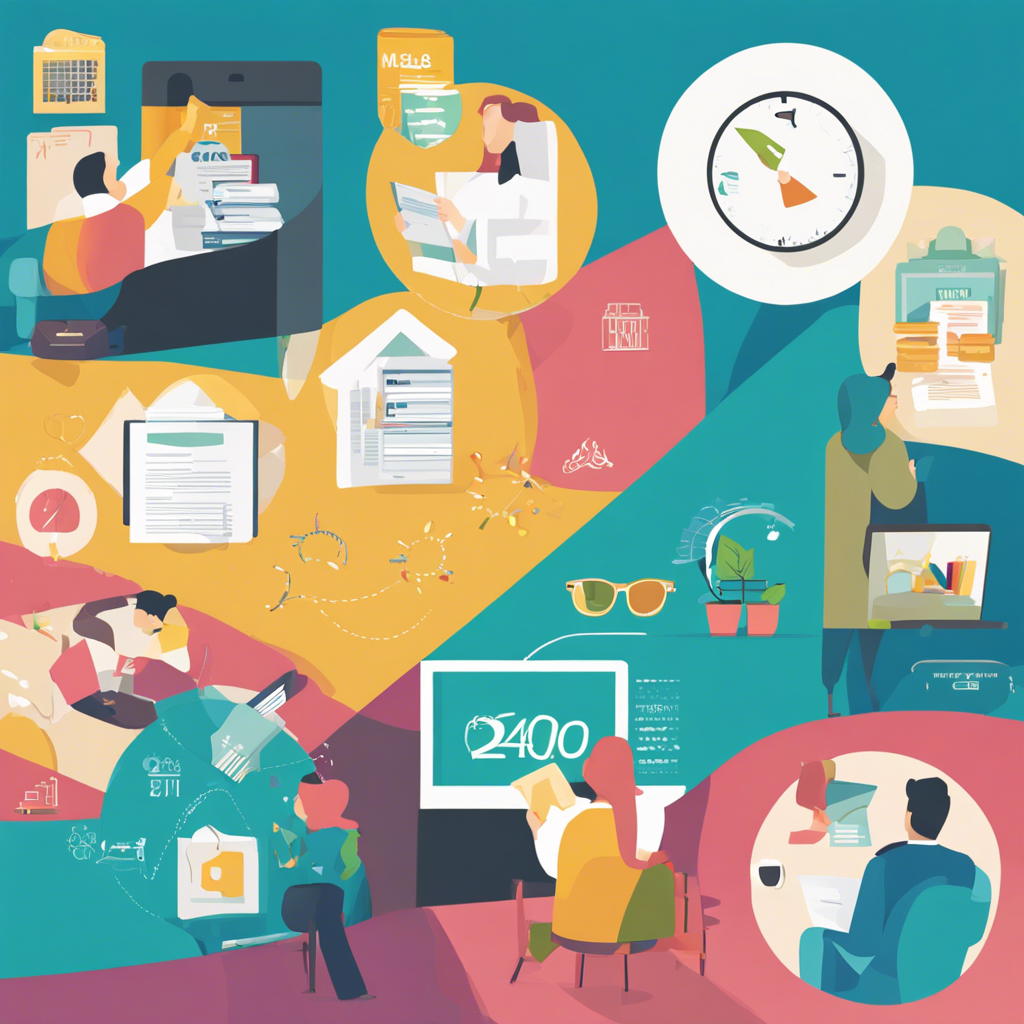Planning for retirement can feel daunting, especially when you’re just starting out in your career. But the earlier you begin, the more time your savings have to grow and compound, potentially resulting in a more comfortable retirement. Here’s a breakdown of the steps you can take during your 20s, 30s, and 40s to set yourself up for success:
During Your 20s:
As you embark on your career, it’s important to lay the groundwork for your financial future. Start by creating a budget that balances your expenses and income, allowing you to allocate a portion of your earnings towards retirement. Take advantage of any employer-matched retirement plans, such as a 401(k), as this is essentially free money that can boost your savings. If your employer doesn’t offer a retirement plan, consider opening a Roth IRA, which offers tax-free growth and withdrawals in retirement. Additionally, focus on eliminating any high-interest debt, such as credit cards, to free up more money for savings.
As you enter your late 20s and experience salary increases, aim to boost your retirement contributions. If you started contributing to a retirement account at a lower salary, you may find that you’re now in a higher tax bracket. Take advantage of tax deductions by increasing your contributions to a traditional 401(k) or IRA, which will lower your taxable income.
Your 30s:
This decade often brings significant life changes, such as marriage, children, and career advancements, all of which can impact your retirement planning. If you’re married, discuss retirement goals with your spouse and ensure that you’re both contributing adequately to your future plans. Consider increasing your retirement contributions further; if you’re now earning a higher salary, you may be able to max out your 401(k) contributions, which offers significant tax benefits.
Additionally, evaluate your risk tolerance and adjust your investment portfolio accordingly. If you’re willing to take on more risk, consider investing in stocks or mutual funds with a higher potential for growth. However, if stability is a priority, lean towards more conservative investments, such as bonds or real estate.
Navigating Your 40s:
Your 40s are a critical decade for retirement planning, as you’re likely nearing your peak earning potential and have a clearer idea of the retirement lifestyle you desire. Maximize your retirement contributions if you haven’t already, and consider additional tax-efficient investment options, such as a health savings account (HSA) if you have a high-deductible health plan. An HSA offers triple tax advantages, and the funds can be used to cover qualified medical expenses in retirement.
Review your investment portfolio regularly and rebalance it as needed to ensure it aligns with your risk tolerance and retirement goals. Additionally, consider consulting a financial advisor, who can provide personalized advice and help you optimize your savings and investments for the retirement you envision.
Remember, retirement planning is a marathon, not a sprint. By starting early and making thoughtful decisions along the way, you can build a secure financial future and retire comfortably.
Planning for retirement is a journey that spans across your adult life, and starting early is a smart choice. With consistent contributions and wise investments, your retirement nest egg will grow, ensuring a comfortable and worry-free future.
